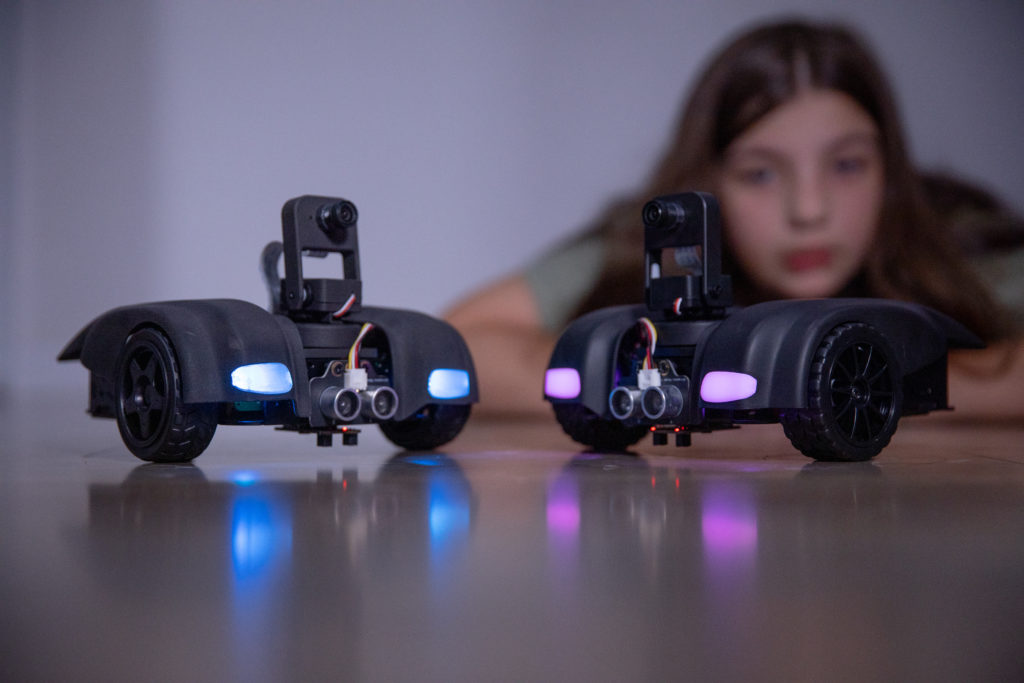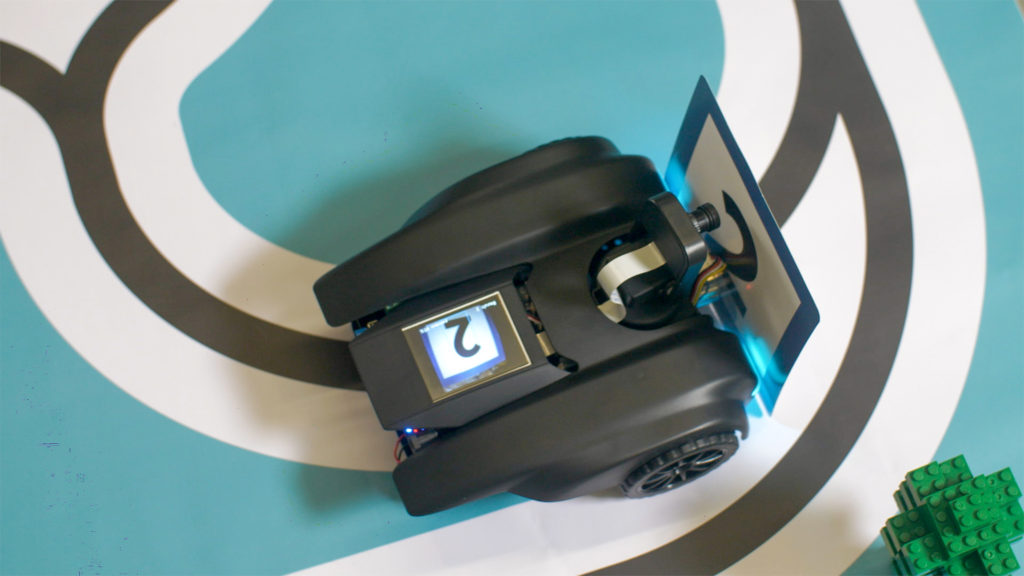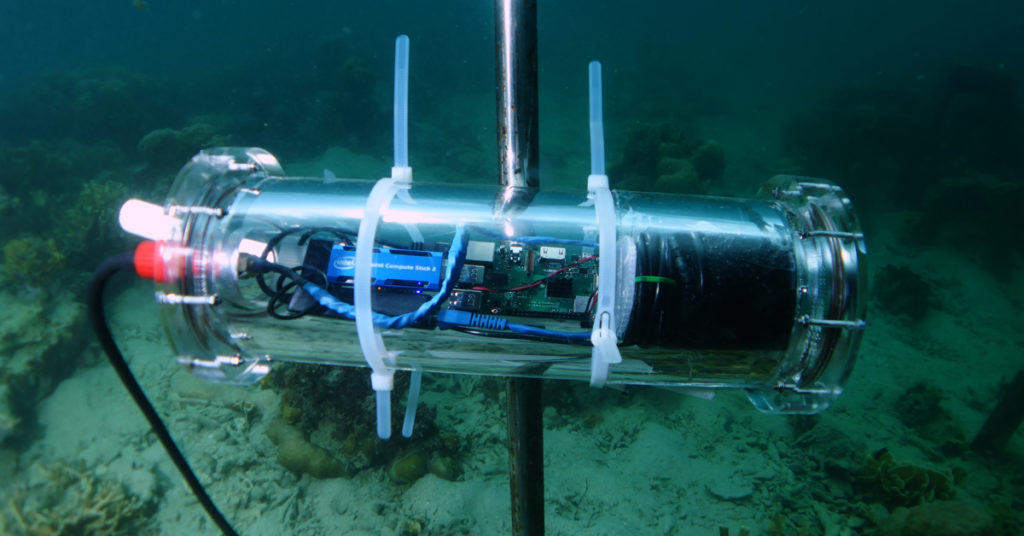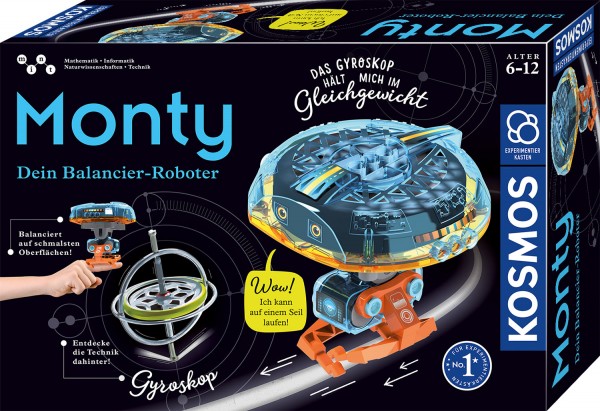STUTTGART, GERMANY (PRWEB) APRIL 23, 2020
Festo has entered into a strategic partnership with MassRobotics, based in Boston, to further global market growth and innovation initiatives dedicated to the development of the next generation of robotics.
MassRobotics, the independent, nonprofit group serving as an innovation hub for robotics and smart connected devices, works to foster a collaborative space in which to inspire the next generation of robotics and automation innovators and builders. The organization’s unique “escalator” model allows startups to establish, grow, offer meaningful employment, and provide ongoing value for MassRobotics’ partner organizations.
MassRobotics also creates a supportive learning environment to engage youth and next generation engineers and entrepreneurs by offering Science, Technology, Engineering and Mathematics (STEM) workshops, competitions, and technical internships. MassRobotics supports the Ventilator Project, founded by entrepreneurs located at MassRobotics. The Ventilator Project aims to solve the ventilator shortage crisis with an innovative low-cost ventilator designed by members; the team is currently seeking FDA approval for the device.
“We are pleased to announce our partnership with MassRobotics,” said Alfons Riek, Vice President Technology and Innovation, Festo. “Combining Festo’s in-depth know-how in manufacturing applications and automation technology with the MassRobotics community will enable Festo to engage with robotics and automation startups. We will collaborate with entrepreneurs and academia alike in bringing innovative new automation and robotic concepts and solutions to market.”
“The Boston area with its high density of robotic expertise is very interesting for us, and we expect many interesting opportunities for our robot development throughout the partnership with MassRobotics,” said Christian Tarragona, Vice President Festo Robotics.
Carlos Miranda, CEO, Festo North America, added, “Festo and other MassRobotics members will explore the evolution of automated manufacturing solutions to autonomous ones. Through technology challenge engagements, members will co-develop and commercialize advanced products and systems.”
Festo is one of the world’s leading automation companies, and, in addition to technology, the company offers automation learning systems through its Didactic Division. It promotes public and private alliances that implement apprenticeship programs. Festo invests heavily in research and development. The Bionic Learning Network, for example, creates novel solutions based on designs found in nature. The network emphasizes Festo partnerships with academia and technology businesses.
“MassRobotics and Festo share a vision of developing the future of robotic solutions dedicated to the emerging needs of the manufacturing sector,” said Fady Saad, Cofounder and Vice President of Strategic Partnerships, MassRobotics. “Having an automation company with the expertise, resources, and leading-edge development capabilities of Festo will further the mission of MassRobotics and create excitement about our collaborative efforts.”
###
About Festo
Festo is a leading manufacturer of pneumatic and electromechanical systems, components, and controls for process and industrial automation. For more than 40 years, Festo Corporation has continuously elevated the state of manufacturing with innovations and optimized motion control solutions that deliver higher performing, more profitable automated manufacturing and processing equipment. Connect with Festo: Facebook, LinkedIn, Twitter and YouTube
About MassRobotics
MassRobotics is the collective work of a group of Boston-area engineers, rocket scientists and entrepreneurs. With a shared vision to create an innovation hub and startup cluster focused on the needs of the robotics community, MassRobotics was born. MassRobotics’ mission is to help create and scale the next generation of successful robotics and connected device companies by providing entrepreneurs and innovative robotics/automation startups with the workspace and resources they need to develop, prototype, test and commercialize their products and solutions. http://www.massrobotics.org












